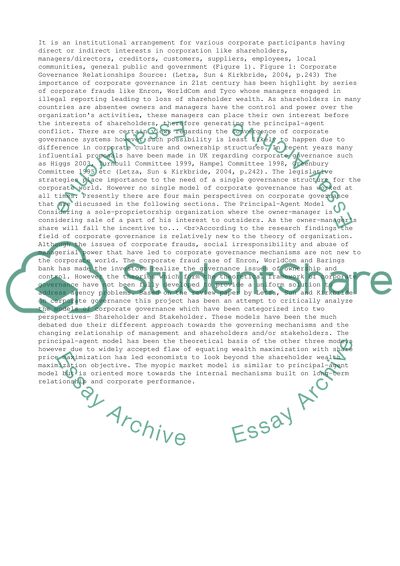Cite this document
(“CONTEMPORARY CORPORATE GOVERNANCE ISSUES Essay Example | Topics and Well Written Essays - 2500 words”, n.d.)
Retrieved from https://studentshare.org/business/1393872-contemporary-corporate-governance-issues
Retrieved from https://studentshare.org/business/1393872-contemporary-corporate-governance-issues
(CONTEMPORARY CORPORATE GOVERNANCE ISSUES Essay Example | Topics and Well Written Essays - 2500 Words)
https://studentshare.org/business/1393872-contemporary-corporate-governance-issues.
https://studentshare.org/business/1393872-contemporary-corporate-governance-issues.
“CONTEMPORARY CORPORATE GOVERNANCE ISSUES Essay Example | Topics and Well Written Essays - 2500 Words”, n.d. https://studentshare.org/business/1393872-contemporary-corporate-governance-issues.


